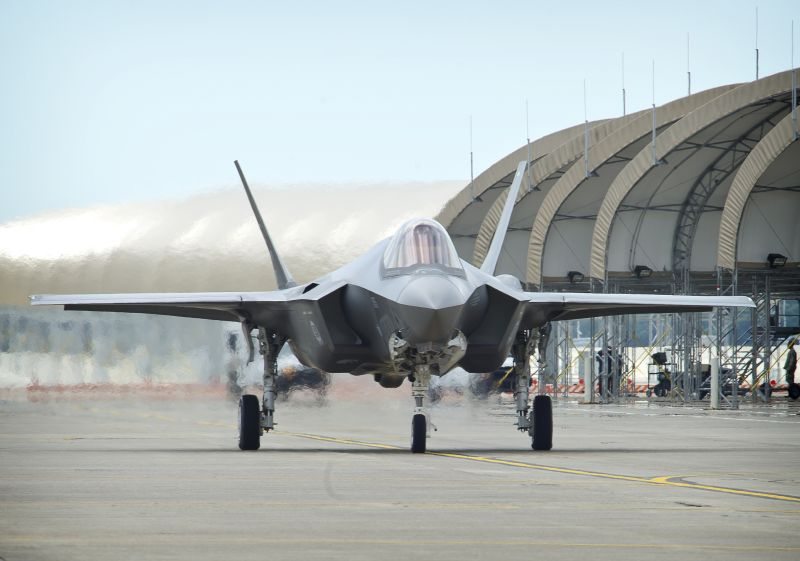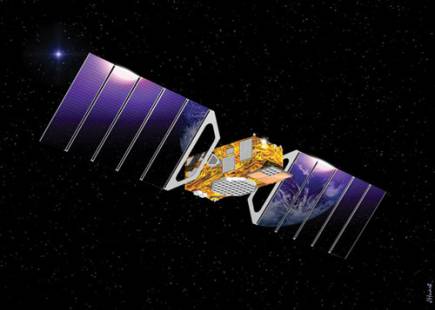The largest fleet of F-35 Lightning II joint strike fighters grew to 25 aircraft as the F-35 Integrated Training Center here welcomed two new Air Force F-35A variants of the multi-role fighter to the Emerald Coast, June 5.
The expansion gives the 58th Fighter Squadron the ability to fly an expanded schedule and more readily put student pilots through the F-35 training course, according to Maj. Jay Spohn, assistant director of operations at the 58th Fighter Squadron.
“We’ll have the ability to fly a ‘four-turn-four’ or ‘six-turn-four’,” he said. The numbers indicate how many training sortie flights are accomplished in the morning schedule, then maintained and serviced to be turned back out to be flown for the afternoon schedule.
Currently, the Air Force team at the 33rd Fighter Wing is in the latter part of F-35A Pilot Class Number 4 and has started Class 5. The Marine Corps pilots here are in F-35B Class Number 4 and the Navy has completed one F-35C course and started a second this week. More than 30 pilots from all three variants have been trained at the F-35 Integrated Training Center.
The world class training devices, full mission simulators and comprehensive curriculum are preparing them for the challenges of working on the 21st century battlefield.
The Air Force expects to declare F-35A Lightning II initial operating capability by December 2016. For the Marines, the target date for F-35B IOC is in late 2015 and the Navy is looking at F-35C IOC in February 2019.
For now, the steps taken each day at Eglin assist in moving the F-35 program forward enterprise-wide as the team trains more people on the unprecedented, technologically-advanced 5th generation fighter.
About 72 pilots from the Air Force, Marine Corps and Navy are slated to graduate F-35 transition pilot training this year. This is made possible by a fleet of well-maintained aircraft to meet the training needs.
One such maintainer paving the way for F-35 success is Tech. Sgt. Lance Murphy, 58th Aircraft Maintenance Unit here. He received one of the two new F-35s and has been tapped to be the dedicated crew chief for that aircraft.
“This is awesome knowing the jet belongs to you,” he said. “It’s my responsibility to know the overall maintenance of this particular jet bearing my name on the side.”
Murphy likened his F-35 maintenance experience to that of auto racing. “Each NASCAR has its own chief and each jet has its own crew chief. There is that same excitement when the jet is maintained and then goes out for a successful flight just like a successful race.”
Spohn believe the steady stream of accomplishments for the F-35 are a direct result of the new training course, specifically designed for the new aircraft.
“It’s an accomplishment that in less than six months since we started pilot training, we have been able to produce a course as good as any fighter course created in the last 20 years,” said Spohn.
Murphy agreed about the progress. “Each day is something new and it’s awesome to be a part of this.”
At Eglin, the Air Force has 12 F-35A joint strike fighters, the Marine Corps has 11 F-35Bs and the United Kingdom embedded with the Marine Fighter Attack Training Squadron-501 has two F-35Bs. The Navy is slated to get its first two F-35C variants in the next coming weeks.
In the out years, when operating at full capacity, the Eglin fleet will grow to 59 aircraft with about 100 pilots and 2,100 maintainers graduating yearly.











